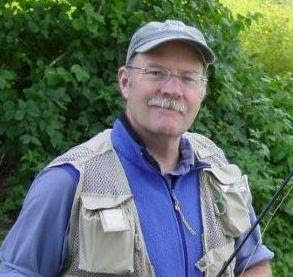
A few years ago I attended my wife's 20-year reunion for a year that she spent overseas in Florence, Italy. This was an arts and architecture year abroad so many attending the event in Venice (CA) were now architects including my wife. As I cruised around the party I talked with many architects and asked them how often their designs included solar panels. As this event was in Southern California, I was surprised that the response was often: We love solar panels and will include them in our designs as long as our clients as for them.
I was a little taken aback. If architects are not aggressively recommending solar panels, who will? While I was going through this, the AIA (American Institute of Architects) was also taking a look at how green building and sustainability were being taught at architecture schools. Their conclusions were similar to mine: more needed to be done in this arena. Architects need to know about sustainability and green building and need to sell it in the same breath that they are selling good design.
My response to this need has been to push our students at Yestermorrow Design/Build School harder and harder as it relates to these important educational threads--and to offer more courses in these areas. And the AIA's response is outlined below. Great move AIA, please let us know how we can help!
CES Sustainability Requirement – NEW!
During the March 2008 AIA National Board of Directors meeting, it was approved that beginning January 1, 2009 the AIA would require all members to complete four (4) hours of sustainable design. These 4 Sustainable Design (SD) hours would be included as part of the current 8 hour / HSW requirement. They are not additional hours to the 18/8 LU hours that the AIA already requires. This requirement would run until 2012, at which time it will be evaluated.
The AIA is currently finalizing the rules of Sustainable Design (SD) Learning Units. During the course of this summer the AIA/CES will be establishing the infrastructure for CES providers to determine, register, and report their future continuing education courses to qualify for Sustainable Design (SD) learning units. These rules will be based upon the following definition.
Sustainable Design (SD) Learning UnitsSustainable design is achieved through an integrated design and delivery process that enhances the natural and built environment by using energy sensibly with a goal toward carbon neutrality, improves air and water quality, protects and preserves water and other resources, and creates environments, communities and buildings that are livable, comfortable, productive, diverse, safe, and provide enduring value to our community and society as a whole.
To qualify as Sustainable Design learning units, the content must meet 4 thresholds:
It must address the AIA definition of sustainability.
It must be a structured (third-party) program (i.e. no self-study).
At least 75% of program content must qualify as HSW.
Its primary purpose must address at least one of the AIA Committee on the Environment (COTE) Top Measures of Sustainable Design and Performance Metrics
Examples: Design & Innovation; Regional/Community Design; Land Use & Site Ecology; Bioclimatic Design; Light & Air; Water Cycle; Energy Flows & Energy Future; and Materials & Construction to reduce product-cycle environmental impacts and optimize occupant health and comfort.
If you feel that your CES Provider courses will qualify as Sustainable Design (SD) learning units please plan on providing that information to the AIA/CES Records Center this fall once we announce the procedures. Additional progress reports will be offered in coming issues of the CES Provider Connection as well as the
AIA/CES website. NO action is necessary at this time.